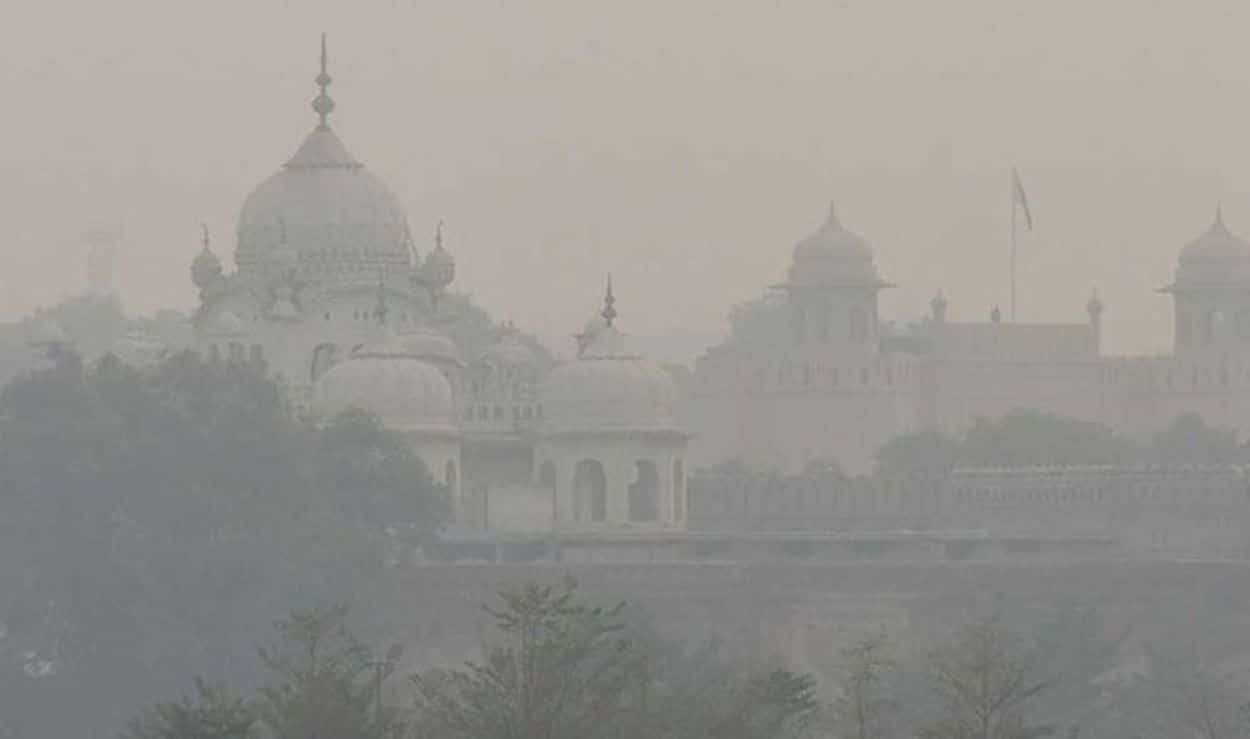In one month, nearly two million individuals in Punjab visited medical facilities for respiratory issues as the region experienced unprecedented smog levels. According to data from the Punjab healthcare department, a staggering 1,934,030 cases were reported province-wide, including 126,230 in Lahore.
From Wednesday to Thursday alone, Punjab saw 68,917 new cases of various respiratory conditions, 6,236 of which were in Lahore, where air quality readings reached a hazardous 1,100 AQI. This dense smog, laden with toxic pollutants, has primarily affected cities like Lahore and Multan, the latter seeing AQI levels surpass 2,000 on two occasions—a record high.
Read: Lahore Emerges as World’s Most Polluted City in Recent AQI Readings
For the first time, the Punjab Health Department has compiled data to assess smog’s impact, documenting major diseases like asthma, ischemic heart diseases, and conjunctivitis. Yet, these figures likely underrepresent the true scope of health impacts, as many individuals opt for self-medication or visit informal clinics instead of hospitals.
Despite government efforts, including school closures, restrictions on polluting vehicles, and bans on certain outdoor activities, smog levels remain unaffected.
Read: Punjab Government Extends Green Smog Lockdown Measures
With the cost of living soaring, affording air purifiers, which range from Rs25,000 to over Rs150,000, is increasingly difficult. These devices require seasonal filter replacements, which cost Rs2,500 to Rs10,000.
WWF sends SOS
WWF-Pakistan has declared a “smog crisis” and urges immediate government action to mitigate pollution sources like high-emission vehicles, industries, and construction activities. The organization has also called for a national health emergency in a plea to Prime Minister Shehbaz Sharif.
The organization also advocates for stricter emissions standards, promoting electric vehicles, expanding the mass transit network, increasing green financing, and providing subsidies to prevent crop residue burning. They recommend installing low-cost air quality sensors to pinpoint pollution hotspots for better policy-making.






